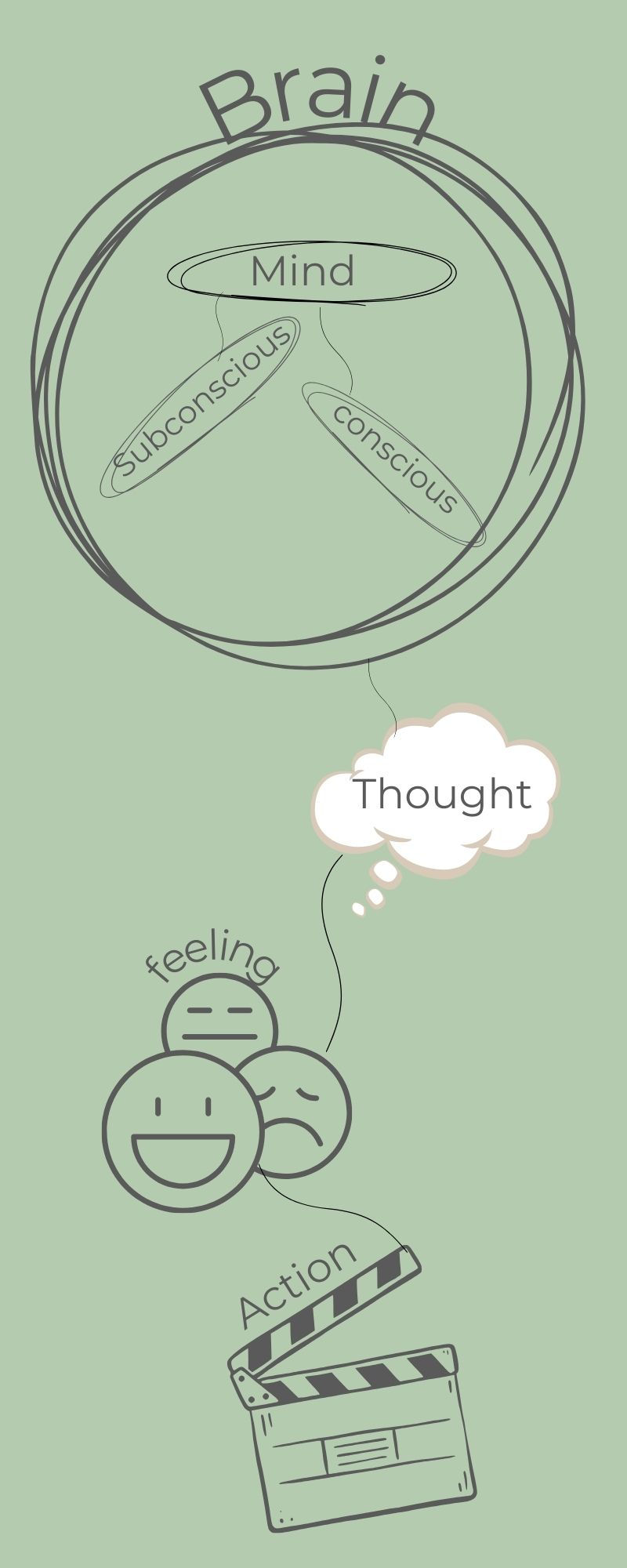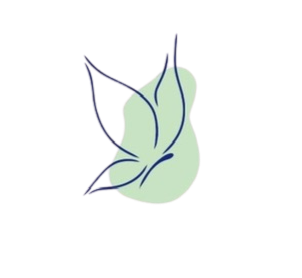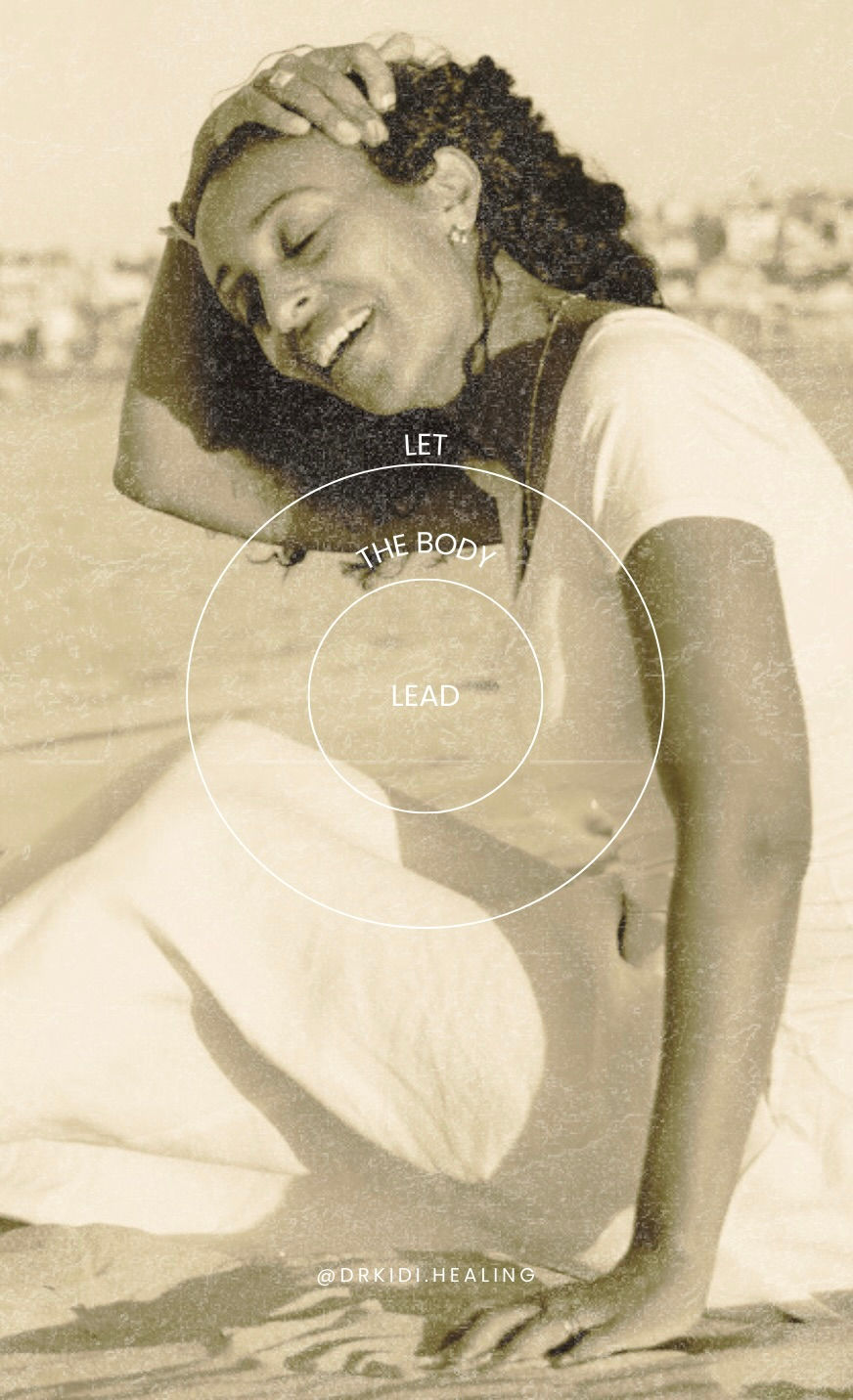Let the Body Lead: How body wisdom guides mindfulness, self-care, and healing
- Dr. Kidi

- Aug 26
- 9 min read
Updated: Oct 18
Segment 1 · Episode 3
Let the Body Lead
How body wisdom guides mindfulness, self-care, and healing.
Letting the body lead does not mean silencing the mind. It means giving the body a voice in your choices.— Dr. Kidi
Reflection
It was one in the morning. The room was dark, the kind of stillness where the smallest sound feels loud.
I lay in bed with my eyes closed. My body pleaded for quiet, for the slow drift into the deep waters of sleep. But my mind kept writing in the dark, line after line, unwilling to close the chapter. The more I tried to let go, the more my thoughts insisted on shaping themselves into sentences worth remembering.
I turned one way, then the other. The sheets whispered against my skin, carrying the scent of laundry soap and the faint trace of chamomile tea from my bedside. I tried to match my breath to my husband’s steady and unhurried rhythm in deep rest. In the stillness, his voice rose in my thoughts, words of wisdom he often said after sleepless nights: “I did not sleep last night, but I will tonight.”
With that in mind, I reached for my notebook. Perhaps wakefulness itself could take form on the page. As my pen moved, shaping thought into the alphabet, I wondered who else remained awake. I knew my mind was not the only one loud enough to drown out the body’s plea for rest. It was in those hours that I began to see sleeplessness as a way to show what I mean when I say: Let the Body Lead.
Recap: The Body Remembers
In The Body Remembers, we explored how the body carries its own history, holding sensations, tensions, and signals that reveal both past experiences and present needs. We saw how listening can uncover what the mind overlooks and how even a pause can redirect us toward healing.
The mind, shaped by habit, fear, and urgency, so often insists on leading. Yet balance is restored when we gently guide it back, allowing it to follow the body’s innate and healing wisdom. This is where Let the Body Lead begins.
The Stories We Tell Ourselves

People often ask what I mean when I say “the mind,” or how it differs from our thoughts. Let me explain.
The brain is an organ. It keeps the heart beating, the lungs breathing, and the stomach digesting.
The mind is where awareness lives, where imagination sparks, and where beliefs and memories take root.
The conscious mind plans, focuses, and decides. It creates intentional thoughts, like deciding what to eat for dinner.
The subconscious mind stores patterns and automatic thoughts. An echo of “I’m not good enough” when you try something new comes from the subconscious mind.
Most of our lived experience is a dance between the two. A conscious thought may spark, and the subconscious quickly colors it with old patterns. Or a subconscious memory arises, and the conscious mind gives it a new story or meaning.
The thought begins with the story we tell ourselves: “I didn’t sleep last night, but I will tonight.” This simple shift plants a seed of possibility.
The feeling rises in the body as the mind softens: anxiety loosens its grip, calm steadies your breath, and you move through the day with quiet trust that rest will return tonight.
The action then unfolds naturally: you turn off devices, dim the lights, breathe more deeply, and allow yourself to surrender into the arms of sleep.
Thoughts are moldable, like soft clay. They can be shaped, reshaped, and guided toward what the body needs. The mind can be trained to tell stories that support healing.
Try this Practice
Close your eyes and bring to mind something uplifting or something difficult. It can be an event, a person, or a fictional story.
Take a moment to hold the thought in your awareness.
Notice how your body responds. Is there a softening, a tightening, or a wave of energy? Simply observe without judgment.
Now imagine the action that would naturally follow from that thought and feeling.
Do you see how the mind, body, and behavior are always connected? Can you also see that you have the power to shape a thought or create one on purpose?
Each time you choose kind and healing thoughts intentionally, you open the way for your subconscious to learn and create new patterns.
Each time you choose a kind and healing story, you step closer to peace.
The mind is not a cage.
It is a garden.
Keep planting thoughts that nourish your healing.
The Mind Loves Quick Fixes
Both the mind and the body want us to heal, yet they often move in different directions.
The mind craves urgency.
The body trusts time.
The bridge between them is thought.
To let the body lead means this: when the body asks for what it needs, we shape our thoughts with awareness and compassion. From there, our actions naturally move toward restoration, and the mind and body meet each other in healing.
At What Healing Knows, we practice choosing thoughts that honor the body’s signals.
How Do We Let the Body Lead?
The body carries its own rhythms. One of the most essential is the circadian rhythm, the natural clock that guides us through cycles of wakefulness and rest. As evening comes, this rhythm nudges us into drowsiness, signaling the need for sleep. Heavy eyelids, yawns, and slowing thoughts are not inconveniences. They are the body’s language of telling us what it needs.
We spend nearly one-third of our lives sleeping, and not by accident. Sleep repairs our tissues, strengthens our immune system, consolidates memory, and restores balance to our emotions. It is the body’s night shift, a time of quiet work that makes vitality possible when morning returns.
Letting the body lead does not mean silencing the mind. It means allowing the body to have a voice in your choices. With sleeplessness, when the mind listens and aligns with the body, it recognizes signals of fatigue, settles into quiet, and makes space for rest to unfold. But when the mind insists on being in charge, sleep becomes elusive.
The restless mind, eager to fix the problem, invents quick solutions: scroll through your phone, pour another drink, turn on the lights. Each of these choices pulls you farther from the body’s call for rest. And when these quick fixes repeat often enough, they harden into myths we hold onto, beliefs that promise relief but never bring the deep, renewing rest we truly need.
I believe it is helpful to name these myths clearly, because only when we see them for what they are can we begin to release them.
Common Myths of Sleep and the Truth the Body Knows
Alcohol helps you sleep
The myth: A glass of wine or a nightcap will relax you.
The truth: Alcohol may make you drowsy at first, but it disrupts REM and deep sleep.
Smoking or vaping relaxes you
The myth: Nicotine and cannabis help you sleep.
The truth: Nicotine is a stimulant. It raises alertness and makes sleep harder. Cannabis may shorten the time it takes to fall asleep, but it disrupts REM sleep and can reduce overall sleep quality. Over time, regular use may actually worsen insomnia when not used.
Caffeine in the afternoon will not affect you
The myth: Coffee, tea, or chocolate before dinner is harmless.
The truth: Caffeine lingers in the body for 6–10 hours and delays deep sleep.
Falling asleep with the TV on is harmless
The myth: Background noise helps you drift off.
The truth: Screen light suppresses melatonin, and noise keeps the brain alert.
Sleeping with lights on is fine
The myth: A little light will not matter.
The truth: Even dim light disrupts circadian rhythm and melatonin.
Scrolling on your phone helps you unwind
The myth: Looking at your phone relaxes you.
The truth: Blue light and stimulation keep sleep away.
Eating before bed helps you sleep
The myth: A heavy meal makes you sleepy.
The truth: Eating too close to bedtime causes indigestion and disturbs rest.
Napping in the evening helps at bedtime
The myth: A short nap makes falling asleep easier.
The truth: Late naps reduce the drive for nighttime sleep.
You can catch up on sleep over the weekend
The myth: Sleeping in repairs lost hours.
The truth: Irregular schedules confuse the body’s rhythm.
The Dr. Kidi Reset for Sleep
At the shelter where I volunteer, rows of bunks lined the room, each bed only a few feet from the next. Yet one lower bunk stopped me in my tracks. Against the wall hung a poster of the ocean, waves rolling endlessly toward a horizon that felt far beyond the crowded room. Paper stars dangled from strings above, catching the dim light and swaying gently with each draft. The bed itself was neatly made, a large stuffed bear resting in the corner like a quiet guardian.
I never met the woman who slept there, but her space spoke of reverence. In the middle of noise and scarcity, she had carved out a small sanctuary, a corner that honored rest.
Nothing expensive.
Nothing elaborate.
Only intention and care.
That sight stays with me. It reminds me that healing begins with how we choose to honor the body. Even the simplest space, touched with respect, can become a place of renewal.
Before we begin the sleep reset practice, I challenge you to create a resting space with what you already have. Your bedroom is where nearly half of your life unfolds, the temple where your body repairs and resets for the next sunrise.
Set the space with intention.
Honor it with respect.
Keep it cool so your body can follow its natural rhythm.
Dim the lights so that melatonin can flow freely.
Quiet the room so the nervous system can unwind.
Turn off the screens so the mind can settle.
Clear away clutter so calm can have space to enter.
When you honor your resting place in this way, you are sending your body a signal: You are safe here. You can let go.
The body knows the way to sleep. After about 48 hours without rest, it begins to show signs of “microsleeps,” those brief, uncontrollable lapses when the brain shuts down for a few seconds at a time. You may have felt this yourself or seen someone’s head bob as they struggle to stay awake. I remember being one of those notorious head-bobbers during my internal medicine residency, where long shifts kept us awake far past what the body was designed to endure.
The truth is, the body is not built to resist sleep indefinitely. Sleep is as vital as food and water. Without it, every system begins to fray: hormones, heart health, memory, and mood are all thrown off balance. The body will shut down even in unsafe places if it has to, because survival depends on it.
Yet there is a great difference between natural rest and forced rest. When given the chance, the mind often fills the night with restless thoughts and reaches for quick fixes to make sleep happen. These efforts only block what the body already knows how to do. I hope to help you reset, to guide your thoughts gently back toward calm, so rest can arrive on its own, without struggle, without force.
And if sleep still does not come, meet yourself with kindness. Get out of bed if you need to. Read a page from a paper book or write a few lines in your journal. Use my Reset practice to resist quick fixes. Trust that if rest does not arrive tonight, it will return tomorrow. The body always finds its rhythm again.
I invite you to enter my reflection space, a place of healing practices and guided meditations. When you are ready, click the button below to begin.
How to Measure Progress
Getting a good night’s sleep is necessary for healing. Like all healing, it is not about perfection but about presence. Progress is not measured in numbers. It is felt in the body.
After a good night’s sleep, ask yourself how you feel.
Does your skin glow brighter?
Does your voice feel steadier?
Do your thoughts move with clarity?
Does your patience soften?
The better we sleep, the more deeply we heal.
And that is true progress.
The Hope
I used sleeplessness to explain the need for the body to lead in healing, so I will end with a guide to reset the mind to follow the body's lead. Sleep is not a bargain to strike. It is the body’s nonnegotiable daily act of mercy. Even the cruelest forms of torture know their worth.
When my husband says, “I didn't sleep last night, but I will sleep tonight,” he is trusting that the body will shut off.
He doesn't stress.
He doesn't fuss.
He is willing to reset and begin again every night.
So I invite you to begin again. Trust the body that remembers, and allow it to lead you gently on the path of healing.
Dr. Kidi's Healing Space
Pause: A Moment to Reconnect and Reset for SleepFind a comfortable position in bed.
Let your body be supported.
Let your hands rest loosely.
Pause. Take one quiet moment to arrive.
Close your eyes. Let the darkness signal safety.
Count your breath. Inhale 4, exhale 6. Continue until you drift toward rest.
Create distance. Place thoughts on a cloud and let them drift away.
Choose differently. Come back to your breath. Say: My body is asking for rest. Repeat until sleep comes.
If still awake, allow yourself kindness. Read or journal. Tomorrow will bring sleep.
Invitation to ReflectWrite by hand. Let your words slow you down.
What signals did your body send today?
Did you follow them, or did the mind take the lead?
What might shift if you trusted the body first?
Healing Words to Repeat“I let my body guide me. I trust its wisdom.”
Call to ConnectionI would love to hear how this practice moved through you. What challenges did you face as you tried to let the body lead? What questions rose as you gave your body a stronger voice?
Share your reflections in the comments on the blog so we can continue the conversation. If you share on social media, tag me on Instagram @drkidi.healing so we can stay connected and walk this path together.
Until next time, trust the quiet. Keep listening. Healing knows the way.






I sometimes have trouble sleeping.
Thank you for your ideas and for your soothing article
Great article about the partnership between mind and body.
Your reflection space is very calming. The gentle voice paired with the soothing music almost had me dozing off in my chair.